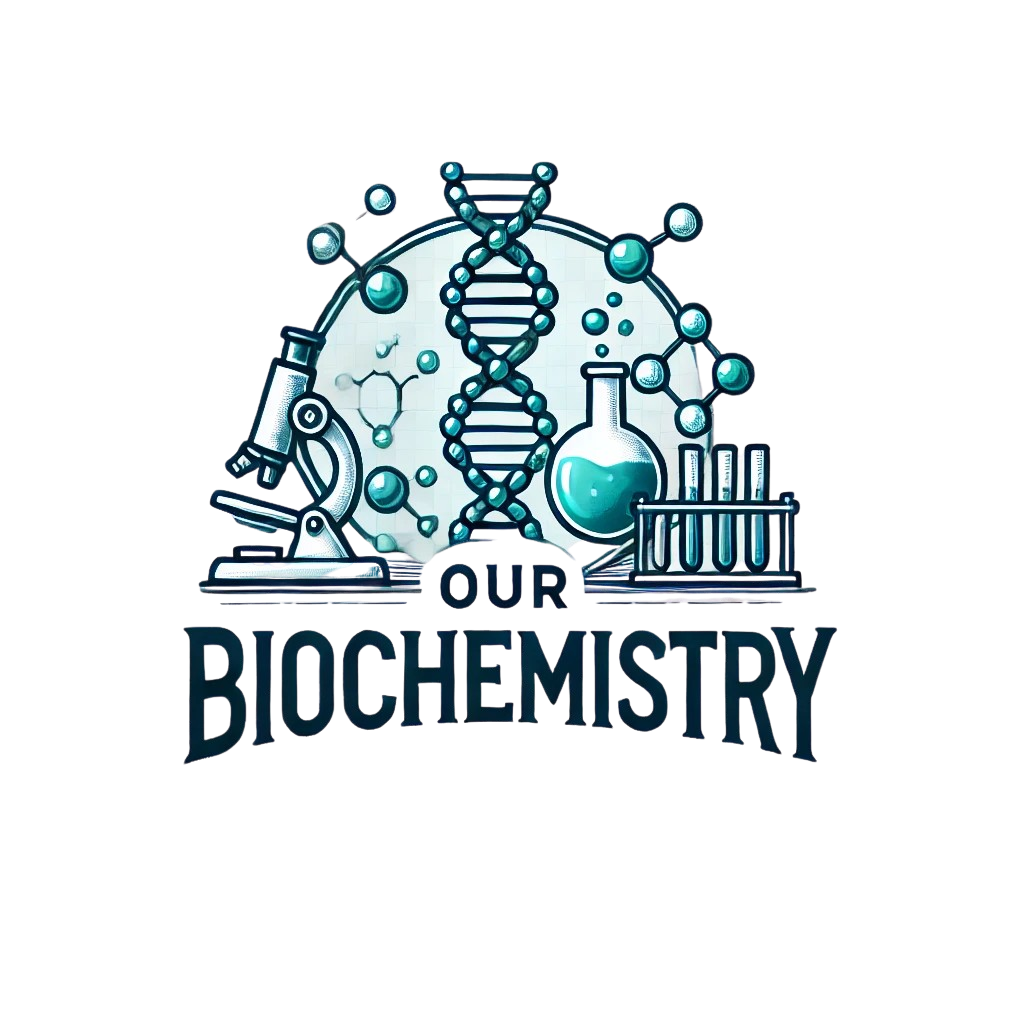Library
Our Biochemistry > Library > Library > Molecular Biology > PowerPoint Presentations > Understanding DNA Transcription and Post-Transcriptional Modifications: Key Mechanisms and Clinical Implications
Understanding DNA Transcription and Post-Transcriptional Modifications: Key Mechanisms and Clinical Implications
- March 20, 2025
- Posted by: Namrata Chhabra
- Category: Learning resources Library Molecular Biology Molecular Biology PowerPoint presentations PowerPoint Presentations
No Comments

Understanding DNA Transcription and Post-Transcriptional Modifications: Key Mechanisms and Clinical Implications
Summary: This presentation delves into the molecular mechanisms of DNA transcription, from RNA polymerase function to mRNA synthesis, followed by post-transcriptional modifications such as capping, splicing, and polyadenylation. It highlights the role of these processes in gene regulation, protein synthesis, and their impact on genetic disorders and therapeutic advancements.
Author:Namrata Chhabra
With over 38 years of experience as a Medical Educator, Medical Biochemist, and Researcher, Dr. Namrata Chhabra has a proven track record of leading and contributing to clinical, academic, and research initiatives that advance medical science and education. She holds an M.B.B.S., an M.D. and Ph.D. in Medical Biochemistry, and a Master's in Health Professions Education (MHPE). She is also a FAIMER Fellow, a prestigious recognition of her excellence in medical education and research.
Currently, she serves as the Associate Dean of Admissions, Chair of the Admissions Committee, and a Professor of Biochemistry at the American University of Antigua College of Medicine (AUACOM). In this role, she oversees the academic quality, curriculum development, faculty development, accreditation processes of the college, and student recruitment. She also teaches and mentors medical students, conducts and supervises biomedical and educational research projects, and publishes and presents her findings in national and international journals and conferences. Additionally, she is the author of three comprehensive textbooks on Medical Biochemistry, which are widely used by medical students and professionals. She is passionate about improving the health outcomes of communities and individuals by fostering a culture of innovation, collaboration, and excellence in medical education and research.
